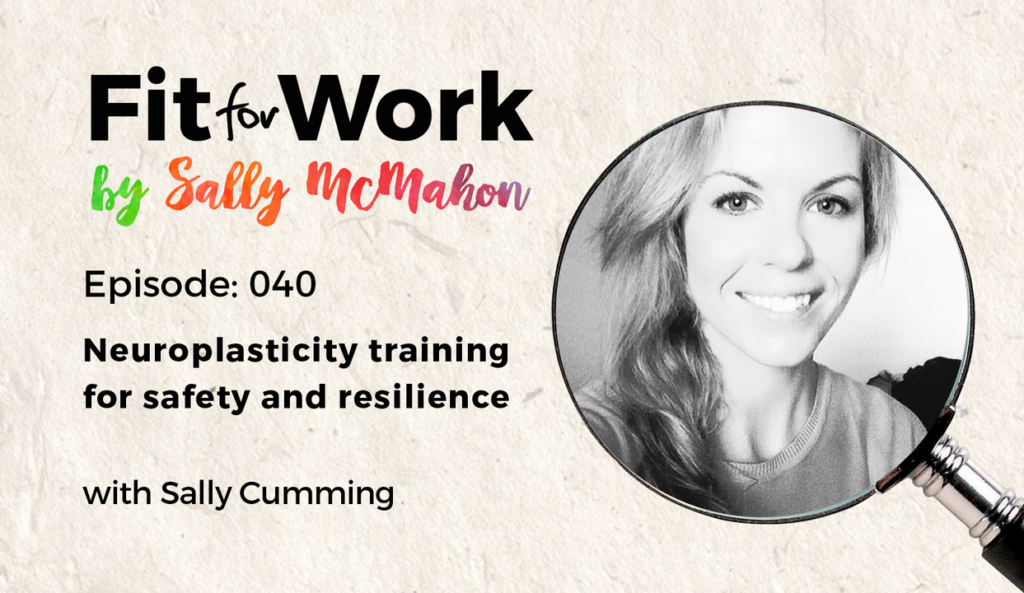As an organisation we are constantly seeking new and innovative ways to improve staff wellness, reduce psychological distress and prevent injuries. We have set ourselves ambitious targets to increase the number of Victorians reporting high levels of resilience, and of course the workplace is a key setting for this.
We needed to find an effective formula that produced beneficial results for staff, as well as tangible business outcomes.
Creating a program that was embedded within a context of both Mind/Body and Integrative Medicine, was the winning formula. We combined themes from both our corporate mindfulness program, ‘Wise’, as well as our injury prevention program, ‘Engage’, to create the ‘Wise Worker’ program. For the first time in my career I was inspired to create a program that could draw on both qualifications as an exercise physiologist and a mindfulness practitioner. Teaching evidence-based injury prevention practices as well as well-researched mindfulness interventions meant we could achieve the holistic results we were looking for.
Over the last few months we trialled this exciting new program at the Department of Health and Human Services with the Disability Support Carers. Eight houses were selected throughout Victoria and we have now completed all eight departments. We are absolutely thrilled with the results, the testimonials and the self-reported feedback. The core purpose of the program was to inspire staff members to create personal health goals to see how good they could feel in four weeks. The goal setting and individual health screening was a key component that led to the cultivation of positive health behaviours.
Over the course of four weeks participants were taught how to integrate and apply mindfulness into their everyday lives, as well as how they can protect themselves from pain and injuries at home and at work.
Through combined mindfulness training and body awareness practices, staff learnt how to illicit the relaxation response. This was a key component of the program, not only for reducing injury risk but also for reducing pain, tension and muscle tightness. Suppression of the sympathetic nervous system and physiological stress response was also effective in improving digestion, increasing energy levels, and improving flexibility, blood flow and circulation. Mindful movement and guided injury prevention exercises were tailored specifically to assist in the prevention of wear and tear injuries due to postural dysfunction. Staff were encouraged to perform manual handling tasks with mindful awareness so they could slow down and perform the tasks correctly with proper posture and ergonomic equipment.
Disability support workers have a difficult and constant role. Work in helping professions can be incredibly rewarding, but also very challenging. Usually there is a focus on looking after others before themselves. For many support workers the idea of self-regulation and self-nourishment is a new concept, so this was a vital component of the program. Through mindfulness and breath work, staff were able to bring some calmness, clarity and appreciation back into their day. Teaching staff how to anchor themselves amidst the pull of turbulence in their lives helps them build the capacity to accept, tolerate and transform painful mind and body states without reacting so intensely to them.
When our body and our mind are working efficiently we feel great. Mood and workplace morale is improved and performance is enhanced. Educating staff using this combined approach to both mind and body training is one that we are pleased to say has been incredibly effective. We look forward to continuing this exciting new work with other professions in the near future.



